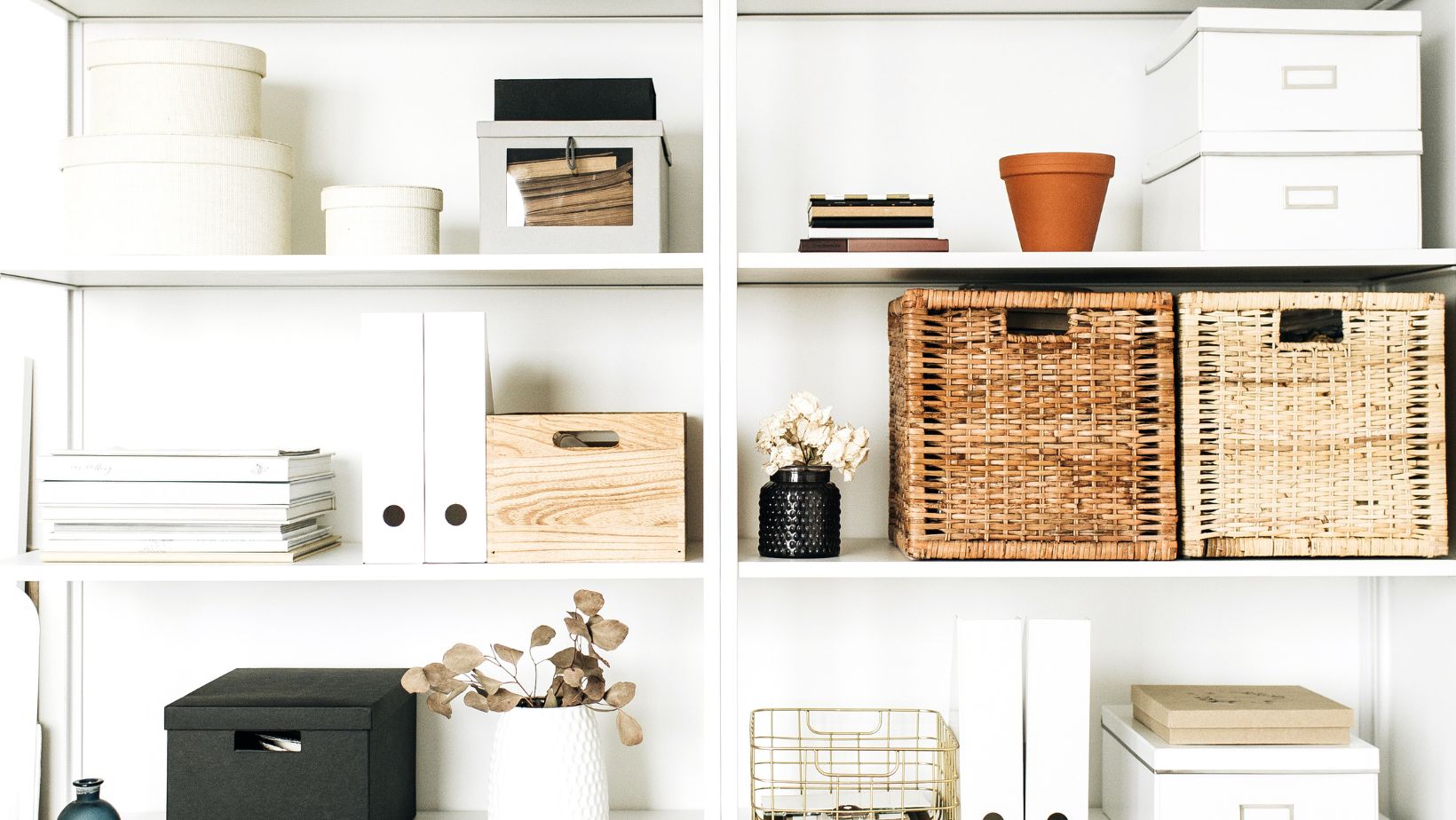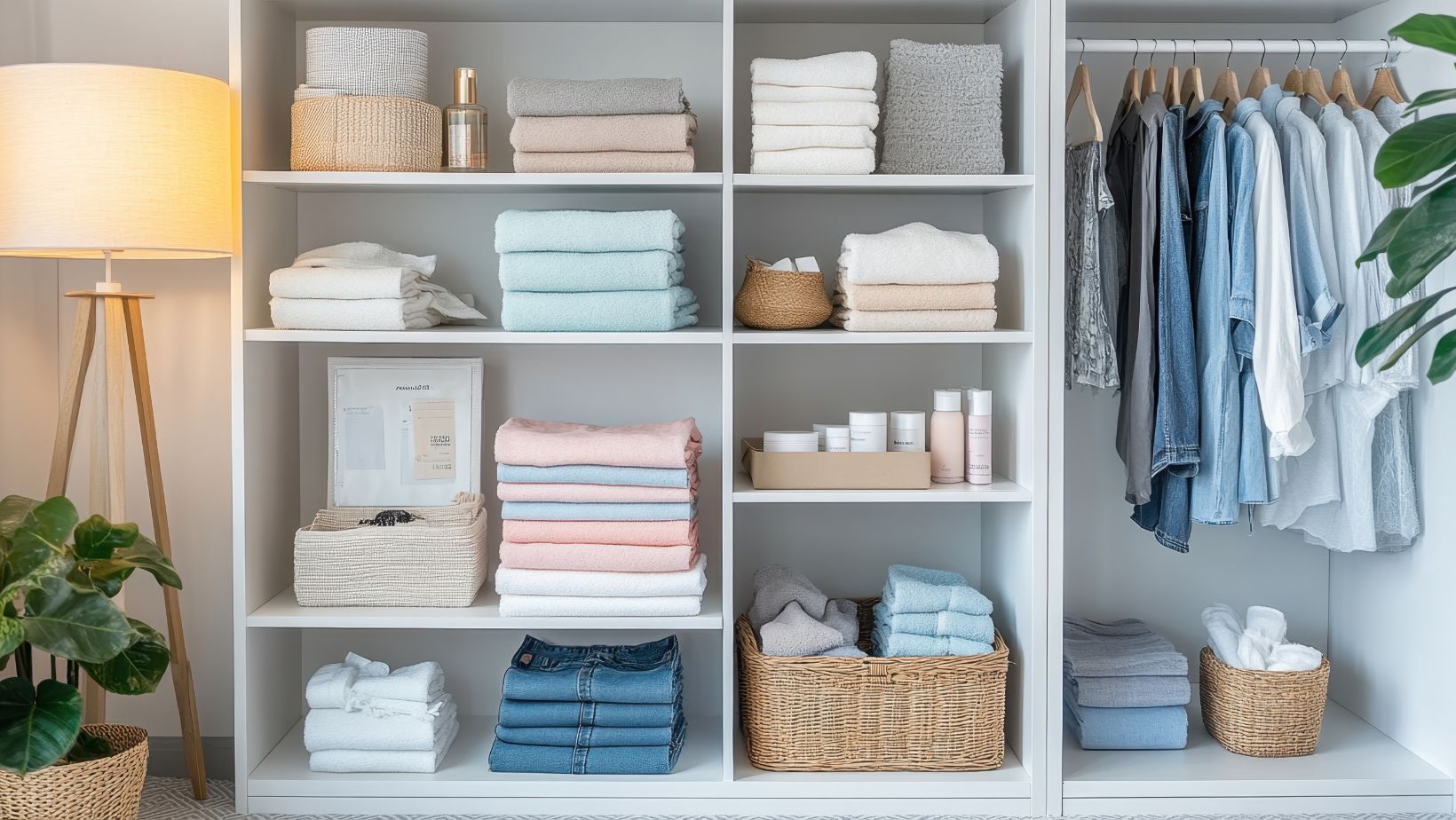
As your family grows, your home can feel smaller—shared bedrooms, overflowing closets, cluttered entryways, and toys underfoot. While upsizing may seem like the answer, it isn’t always realistic. Fortunately, maximizing space is less about square footage and more about strategy. Here’s how to stay organized and make every inch count so you can grow your family comfortably—without moving.
1. Rethink Layouts and High-Traffic Zones
Start by assessing how your family moves through the home. When space is tight, entryways, kitchens, bathrooms, and living rooms suffer the most. Minor updates like adding labeled bins, key trays, or benches in entryways can drastically improve daily flow. In kitchens, designate snack zones and maximize pantry space with stackable bins. In shared bathrooms, built-in shelves and easy-to-clean surfaces are game-changers.
If you’re deciding whether to purchase before you sell, consider making minor functional upgrades now that improve livability and resale potential in the future.
2. Go Vertical and Built-In
When floor space is limited, consider using tall bookcases, wall-mounted shelves, and hooks to reclaim vertical space, especially in tight bedrooms and play areas. Consider built-in window seats with hidden compartments, pull-out desks for homework, or even under-stair storage nooks.
These vertical storage ideas work well in playrooms and shared spaces.

Kids can access their belongings easily while parents keep things organized behind closed bins or tucked into floating shelves. Even a small corner can be transformed into an efficient drop zone.
3. Invest in Multifunctional Furniture
Multifunctional furniture plays a vital role in maximizing space. Ottomans with hidden compartments, expandable dining tables, and beds with drawers underneath eliminate the need for excess furniture. These pieces offer storage and reduce visible clutter—making small rooms feel bigger.
In shared bedrooms, loft or bunk beds with storage stairs or integrated desks can separate sleep and study zones. And in the living room, consider a sleeper sofa that can accommodate guests without sacrificing space.
4. Declutter and Rotate
You don’t need a significant renovation to reclaim space—just a thoughtful edit—rotating seasonal items, donating unused toys, and using vacuum-sealed bags for out-of-season clothing. Regular decluttering, especially in closets and drawers, ensures you only store what’s necessary.

Create dedicated zones using area rugs or room dividers to distinguish functions in open spaces. Whether it’s a reading nook or a mini art corner, defining areas helps manage belongings and routines more efficiently.
5. Plan for the Future with Smart Choices
Your space needs will continue to change, so flexibility is key. Modular storage systems and rolling carts can evolve with your family’s lifestyle. Many homeowners are debating whether to sell their house now or wait. While selling might be tempting, improving your space with budget-friendly updates can buy you time and comfort.
Clopay® Garage Doors at A1Garage.com can also provide a stylish and functional facelift to your home’s exterior, adding curb appeal and enhancing value when you’re ready to sell.
If relocation becomes necessary, real estate cash purchasers offer a streamlined, as-is alternative to listing, mainly if you’ve already found your next home and need to move fast.
Final Thoughts
Living comfortably in a growing family home is possible—without knocking down walls or packing boxes. With smart storage, multifunctional furniture, vertical solutions, and consistent decluttering, your current space can adapt to meet your family’s needs. Make your homework harder, not bigger.























